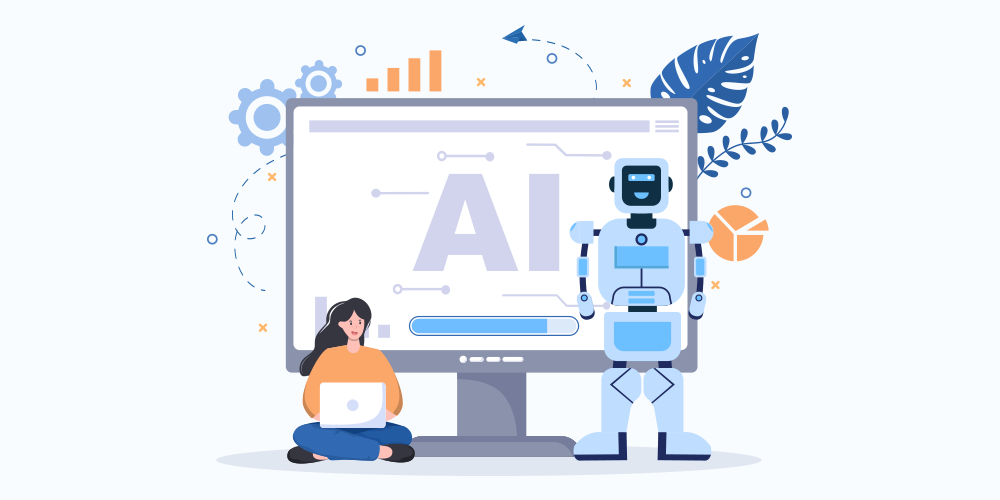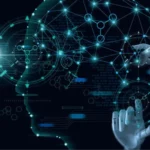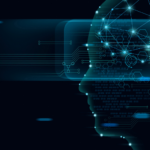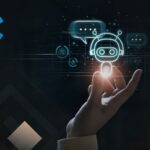
imagine a classroom where every student is engaged, learning at their own pace, and receiving tailored instruction. This future is becoming a reality thanks to artificial intelligence (AI). AI is revolutionizing education by personalizing learning experiences, empowering students, and transforming the role of teachers.
- How AI is Personalizing Learning:
Discuss how AI-powered platforms analyze student data to identify strengths, weaknesses, and learning styles. Explore how this information is used to create personalized learning paths, ensuring that each student receives the support they need to succeed.
- The Benefits of Personalized Learning:
Highlight the advantages of personalized learning, such as increased student engagement, improved academic outcomes, and a more equitable learning environment. Discuss how personalized learning can help address learning gaps and support students with diverse needs.
- AI-Powered Tools and Technologies:
Introduce various AI-powered tools and technologies that are being used in education, such as intelligent tutoring systems, adaptive learning platforms, and virtual reality simulations. Explain how these tools are enhancing student learning and making education more accessible.
- The Role of Teachers in an AI-Driven Classroom:
Address concerns about AI replacing teachers and discuss how AI can actually augment the role of educators. Explore how teachers can use AI to personalize instruction, provide targeted support, and foster deeper connections with students.
- Challenges and Ethical Considerations:
Discuss the challenges and ethical considerations associated with AI in education, such as data privacy, bias, and the potential for digital divide. Explore how these challenges can be addressed to ensure that AI is used responsibly and equitably.
AI has the potential to transform education by creating personalized, engaging, and equitable learning experiences. By harnessing the power of AI, we can empower students to reach their full potential and prepare them for a future that is increasingly driven by technology.




